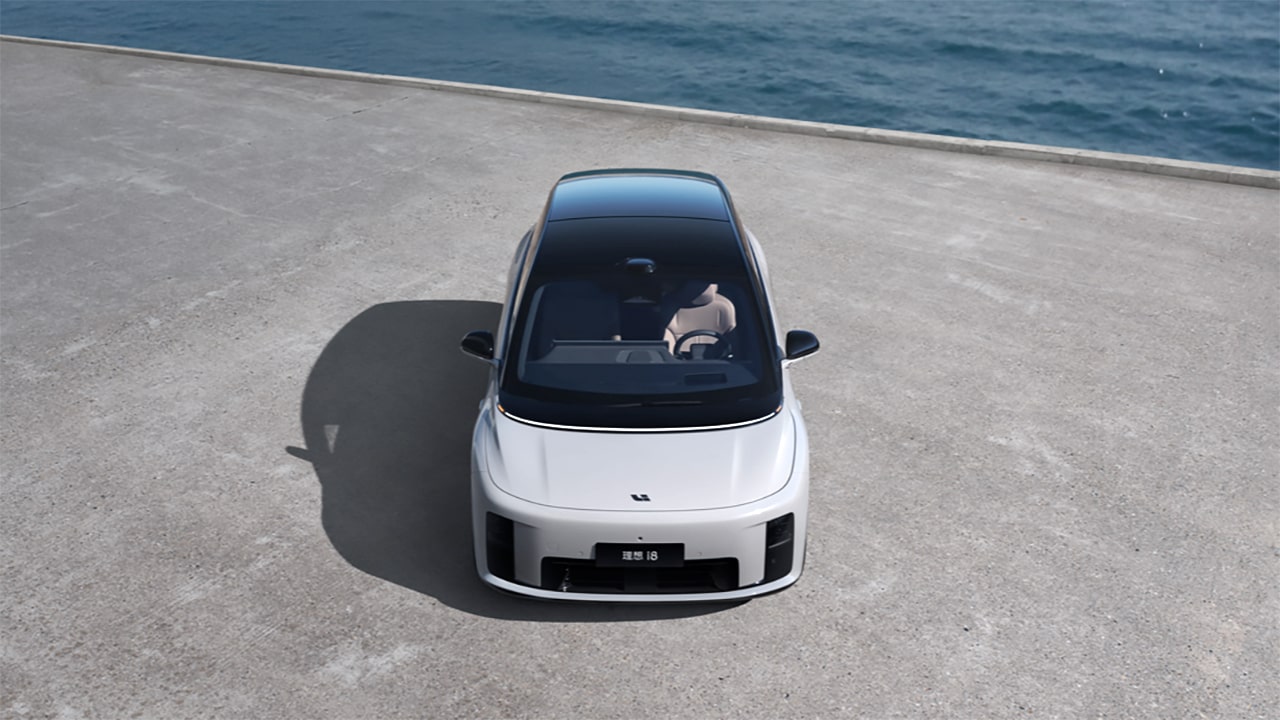Li Auto is once again restructuring its sales division, retiring the “warzone” model it implemented less than six months ago. The company is reverting to a province-based direct management system. As part of the transition, Han Xi, formerly head of the central region, will resume his previous role as head of retail.
To support the change, Li Auto has created two new top-level departments. The first, led by Feng Wei, is focused on marketing. The second will coordinate business units to meet sales and service goals and will remain under company president Ma Donghui’s leadership.
Despite online speculation that CEO Li Xiang might return to the sales frontlines, 36Kr confirmed that the newly consolidated sales and service unit still reports to Ma.
Under its prior structure, Li Auto’s 26 provincial regions operated through a four-tier hierarchy: headquarters, province, city, and store. Each province set its own targets and local strategies. Introduced in March, the model consolidated the provinces into five regional theaters: north, south, east, west, and central. Each was tasked with managing its own sales, profit margins, and net promoter score (NPS). The headquarters shifted focus to digital infrastructure, training, and service standards.
But the experiment was short-lived.
In late July, Li Auto launched the i8, its second fully electric vehicle. Within a week, it restructured the lineup, collapsing three versions into a single Max variant priced at RMB 339,800 (USD 47,572).
Soon after, a video showing the i8 crashing head-on into a truck went viral. Public concern over safety and the brand’s credibility mounted, stalling the vehicle’s early momentum. As of mid-August, Li Auto had yet to disclose order numbers.
Several showroom employees told 36Kr that sales pressure has intensified. “Last weekend, our regional head told every store to hit 20 new orders,” one salesperson said. The i8 has underperformed compared to Li Auto’s L series.
Earlier this year, 36Kr reported that Li Auto had set a target of 700,000 deliveries for 2025, including 600,000 extended-range models. By July, it had sold only 234,700 vehicles, just 33% of its annual goal. Of those, only 8,600 were fully electric.
The company has since revised its supply chain forecasts downward.
Meanwhile, rivals are gaining ground. Leapmotor has carved out market share by challenging Li Auto on price, delivering around 272,000 vehicles in the first seven months of 2025, a 149.8% year-on-year increase.
At the premium end, Aito’s M9, which is priced around RMB 550,000 (USD 77,000), is attracting buyers with its smart driving features and brand appeal. In some months, M9 deliveries have surpassed the combined sales of Li Auto’s L7, L8, and L9. The family-focused segment that once anchored Li Auto’s success is fragmenting.
Insiders told 36Kr that the warzone model was partly to blame.
While decentralization allowed for regional flexibility, it also exposed execution gaps. Frontline capabilities varied, and with headquarters taking a hands-off role, oversight weakened. Interregional competition escalated, with some sales teams offering rebates and giveaways to hit quotas. Attempts to curb these practices were ineffective amid mounting pressure.
By dismantling the system and returning to provincial oversight, Li Auto is reverting to a model that previously fueled growth. Han, who oversaw retail during that earlier expansion, is back in the same role.
The direct provincial system, first implemented in April 2023, helped Li Auto to deliver 376,000 vehicles that year, an annual growth rate of 182%, making it China’s top EV brand based on sales. In 2024, it surpassed 500,000 units for the first time.
The recent shift suggests the model failed to meet operational demands. As the scale of management outpaced the company’s capabilities, it reverted to a familiar structure.
By reviving its grassroots-driven approach—where 26 provincial teams run door-to-door, region-specific campaigns—Li Auto appears to be returning to the strategy that built its early momentum.
KrASIA Connection features translated and adapted content that was originally published by 36Kr. This article was written by Xu Caiyu for 36Kr.

